A TRAVEL NEWS ARTICLE ABOUT ITALY
'TOURING TURIN'
Classic films, a hotel with a test track on the roof, the Shroud, stunning buildings and beautiful countryside – Tim Ware found them all in the Italian city of Turin .
In my mind’s eye, there are three popular images of Turin ; the Shroud, football and Fiat. I will add a fourth: Michael Caine driving a Mini in the car chase scene from the original 60s film classic, The Italian Job.
There last two points are connected. One of the locations for the film was the old Fiat factory at Lingotto, five miles from the centre of Turin. The factory, built in 1917, has been transformed into a hotel, with a conference centre and concert hall thrown in for good measure.
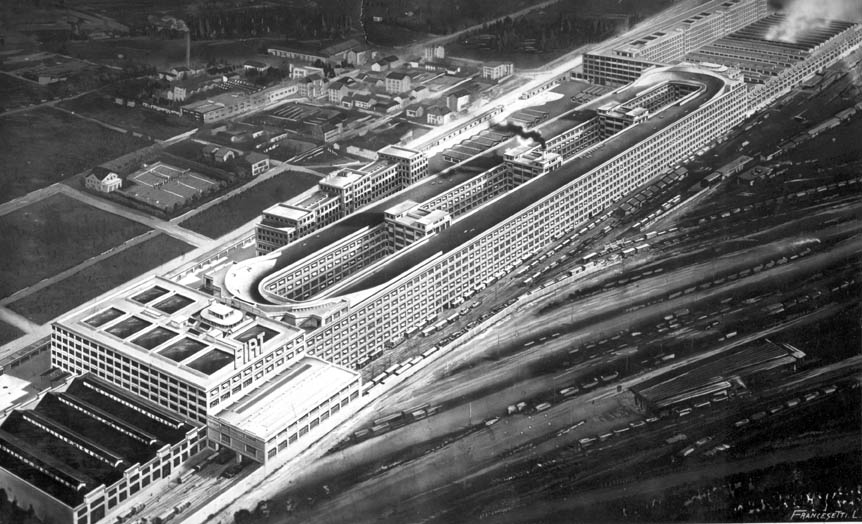
The Fiat Factory in 1928
The Meridien Lingotto turned out to be an inspirational place to stay for my weekend break. After dinner in the Meridien’s sublime Torpedo restaurant I went with friends to a startlingly good performance of Mahler’s Second Symphony in the concert hall – happy in the knowledge I didn’t even have to hail a taxi to get back to the hotel.
The following day, feeling guilty about all this self-indulgence, I went for a jog. At Lingotto, you don’t jog through the hotel’s garden but around the test track of the old car factory on the roof of the building, with a magnificent view of the city and the Alps as a backdrop.
Lingotto apart, Turin is full of surprises. The car connection is strong, but this isn’t Detroit. In fact, come to think of it, the city couldn’t be less like Detroit. This is a clean place of elegant buildings and, in the extensive complex of turn-of-the-century arcaded streets it also has a café culture second to none.
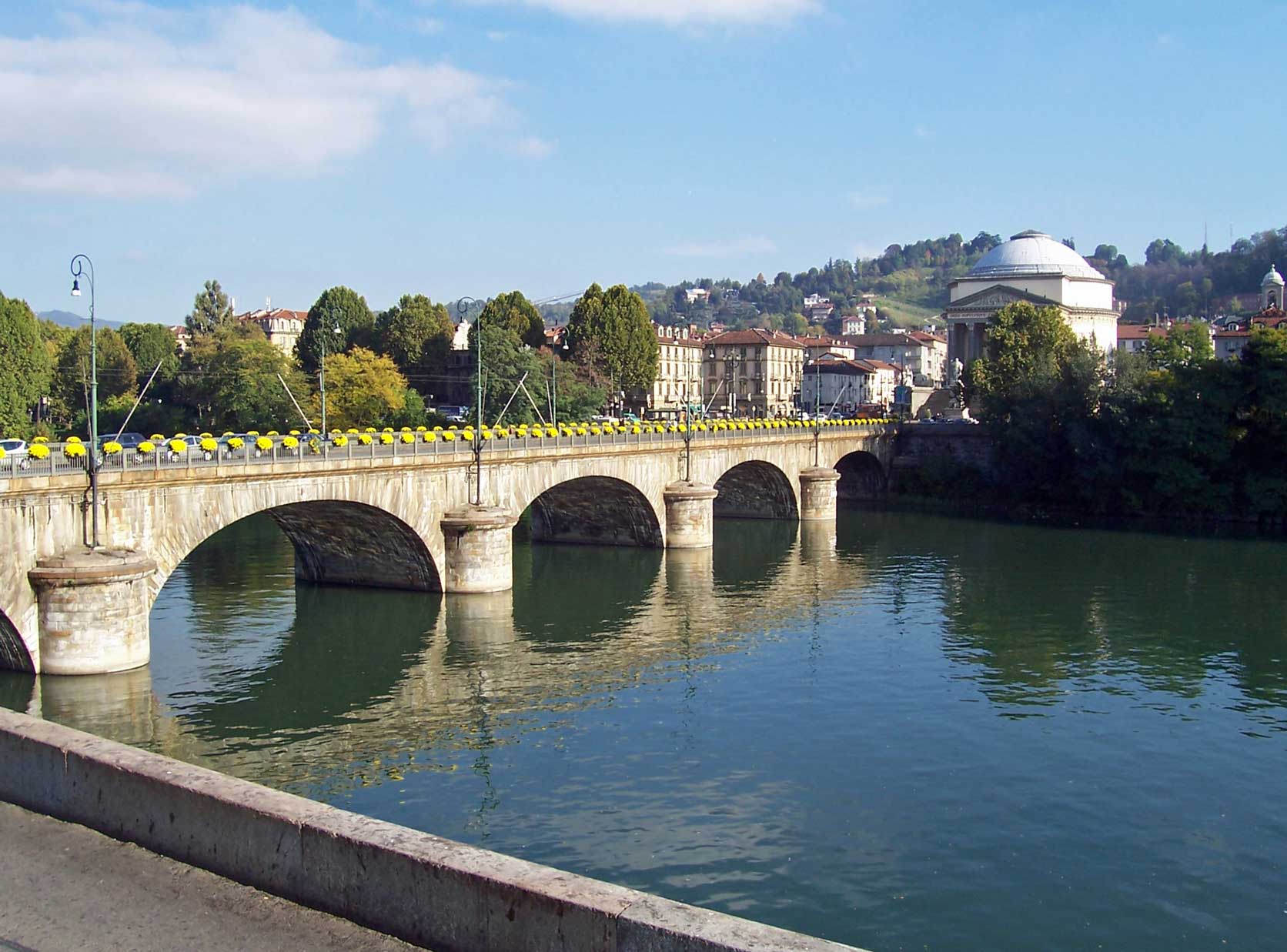
A bridge across the River Po
With the Alps to the north and the river Po running through its centre, Turin rose to fame in the 16th century when it took over as the capital of Savoy from the French city of Chambéry. Soon the ruling family, the dukes of Savoy, were putting the fruits of their political and economic power to good use by building Baroque piazzas, palaces and galleries on the original street grid laid down by the Romans.
Wandering around the city centre is a real pleasure, particularly on a fine day when the sun lights up the mellow stonework of the Baroque arcades. I was amazed when a local told me they stretched for 18 kilometres.
In the stunning late 19th-century glass-roofed arcade that is the Galleria Subalpina, I stopped for lunch in Baratti & Milano, enjoying huge helpings of pasta and ice cream, washed down by wine and coffee. Never mind the calories, this is Italy!
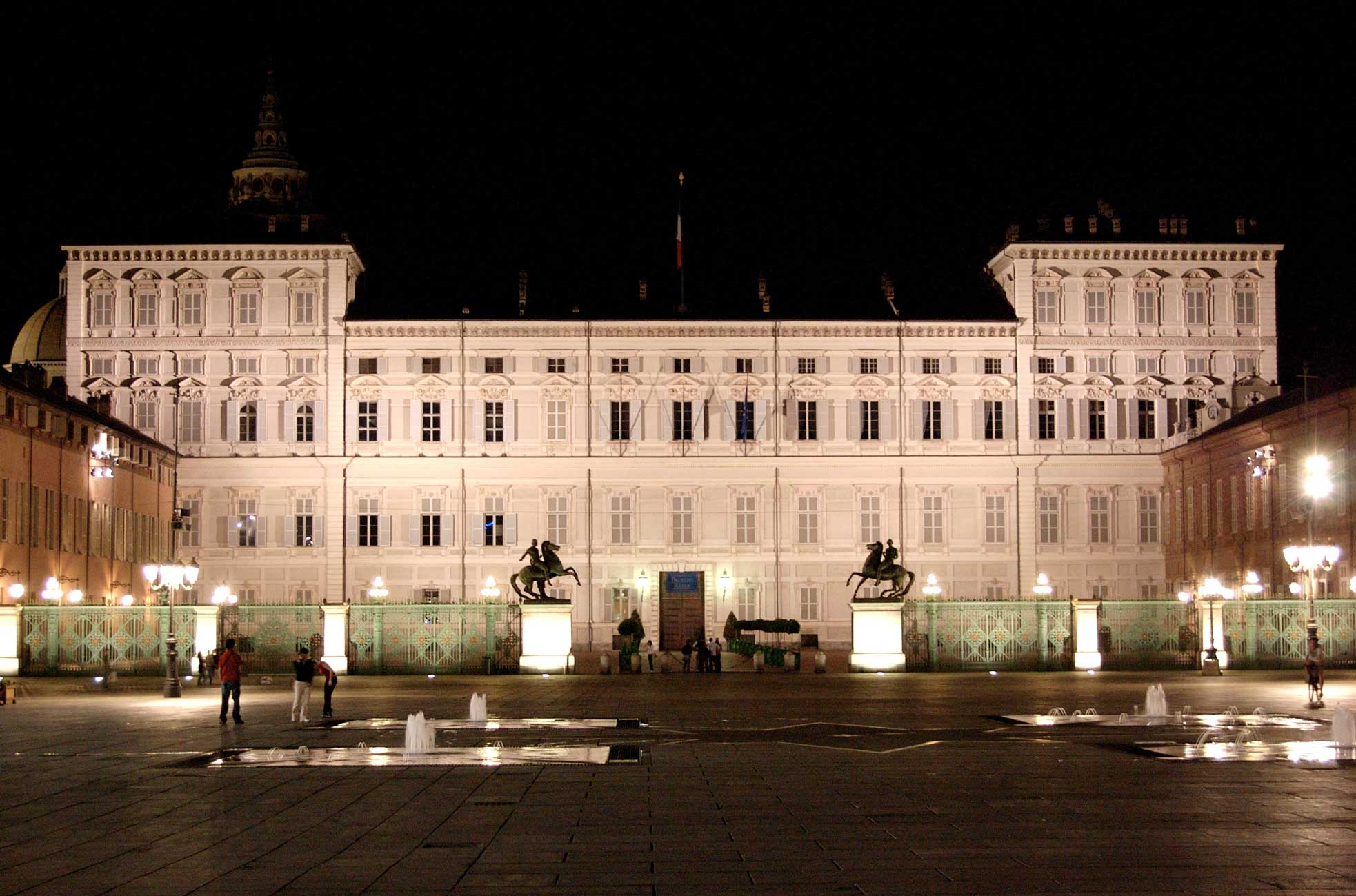
The Royal Palace in Turin
Then it was on to the Piazza Castello, where I lost myself for a while in a whole host of beautiful buildings – the Royal Palace, the powerbase of the once-ruling Savoys, the Royal Library and Armoury, and the beautiful 17th-century church of San Lorenzo, tucked behind a wing of the palace.
Turin’s cathedral – another essential ingredient of any city tour – is where the Shroud is kept. The Sindone, as the Italians call it, is said to be the piece of linen that was used to wrap the body of Christ after the Crucifixion. Some believe the theory others believe it to be an elaborate hoax. The Shroud goes on public display from time to time and admission is free with an entrance ticket. Further information at www.sindone.org/FAQ-en.htm

The Turin Shroud
Nearby, the Baroque masterpiece, the Palazzo Carignano has also played a prominent part not just in the history of Turin but the whole of Italy. In 1860 it housed the first Italian parliament but five year later the capital was moved first to Florence and eventually to Rome.
The surviving parliament chamber is a domed theatre bedecked in red velvet and gold that seems to make it more suitable for opera than debate, The biggest surprise though in Turin is not the Palazzo Carignano or even the cathedral, but the city’s most distinctive landmark – the 167m high Mole Antonelliana, a sort of hybrid of the Eiffel Tower in Paris and the Chrysler Building in New York.
In the 19th century this was, until the Eiffel Tower came into being, the highest ‘modern’ building in the world. It was built in 1877 as a temple for Turin’s Jewish community, but today it forms a marvellously original and atmospheric National Museum of Cinema. Here you can trace the history of cinema from the early silent movies to the deeds of modern stars like Demi Moore and Brad Pitt.
When you tire of watching images of Humphrey Bogart and Lauren Bacall flickering on huge screens, take the glass lift which soars 87m through the centre of the building to the viewing platform for great views of the city, with the white peaks of the Alps providing a dramatic backdrop.
Beyond the city’s stylish streets and buildings, there are open spaces. Turin’s green lung is the Parco Valentino, where roller skaters, joggers and lovers follow leafy paths to the Borgo Medievale, a 19th-century reconstruction of a Piedmontese village, or eat ice cream beside the river Po.

Aosta Valley, north west of Turin
Outside Turin, the fields and vineyards climb the gentle Piedmontese slopes. I made a brief stop in Chieri for the Museum Martini – in the original Martini Rossi factory – where you can trace the history of wine, from the first millennium BC to the present day.
At the end of it all I concluded that, yes, there is more to Turin than the Shroud, football and Fiat, but it is a place that demands time. As I headed back to the airport I wished I had spent a week rather than a weekend there. Next time I will.
You may also like to read
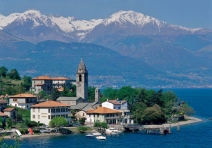
ITALY - IN SEARCH OF MUSSOLINI
An interesting piece of Italian history uncovered for Tour-smart by Norma Rowlerson.

ITALY - A COUNTRY OVERVIEW
Tour-smart show us why Italy is one of those countries that everybody seems to have an opinion about.
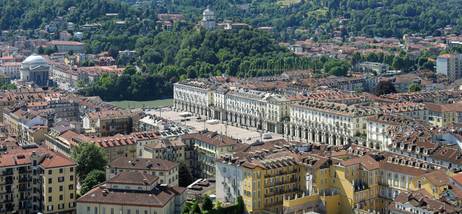
Comments